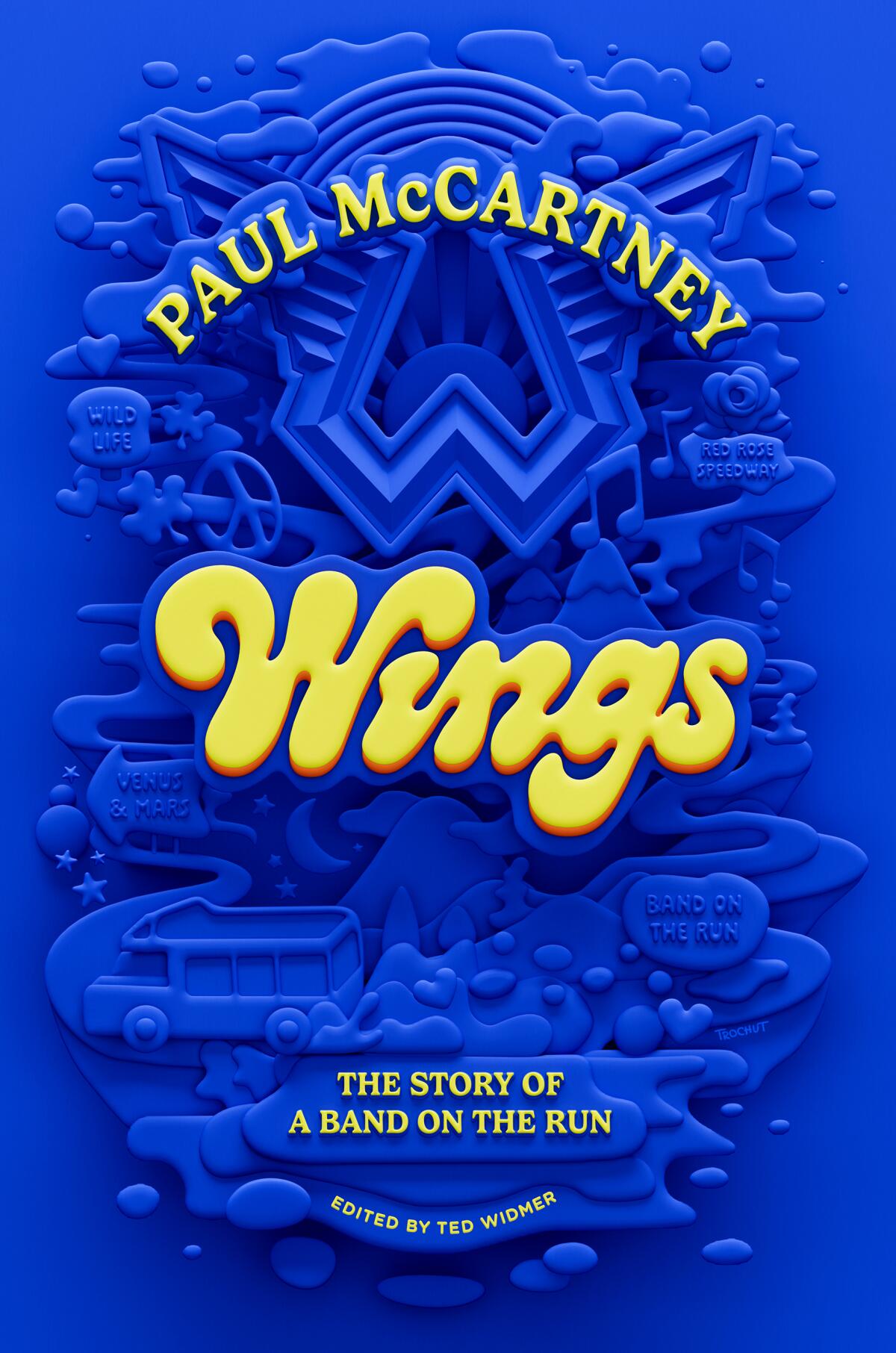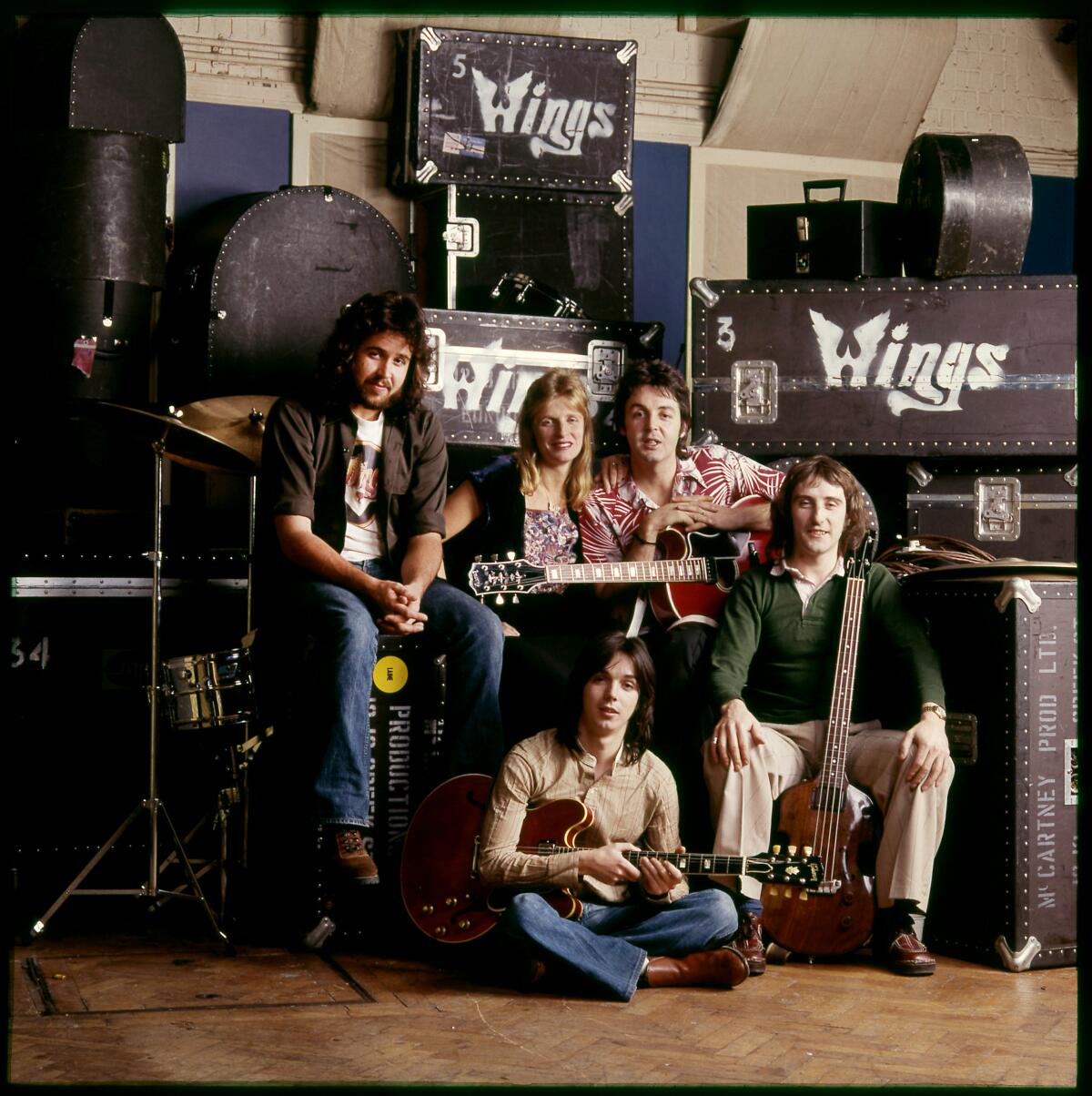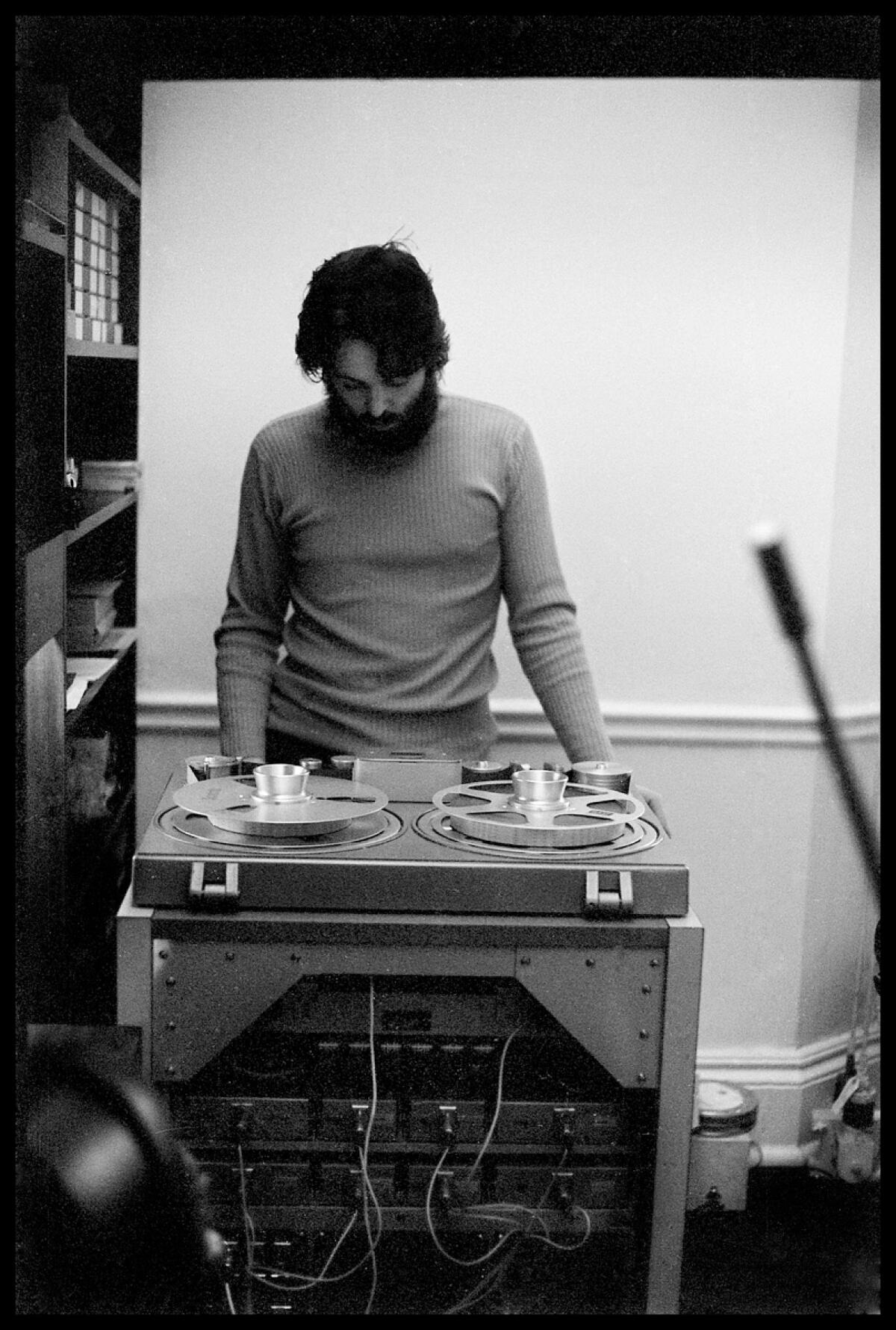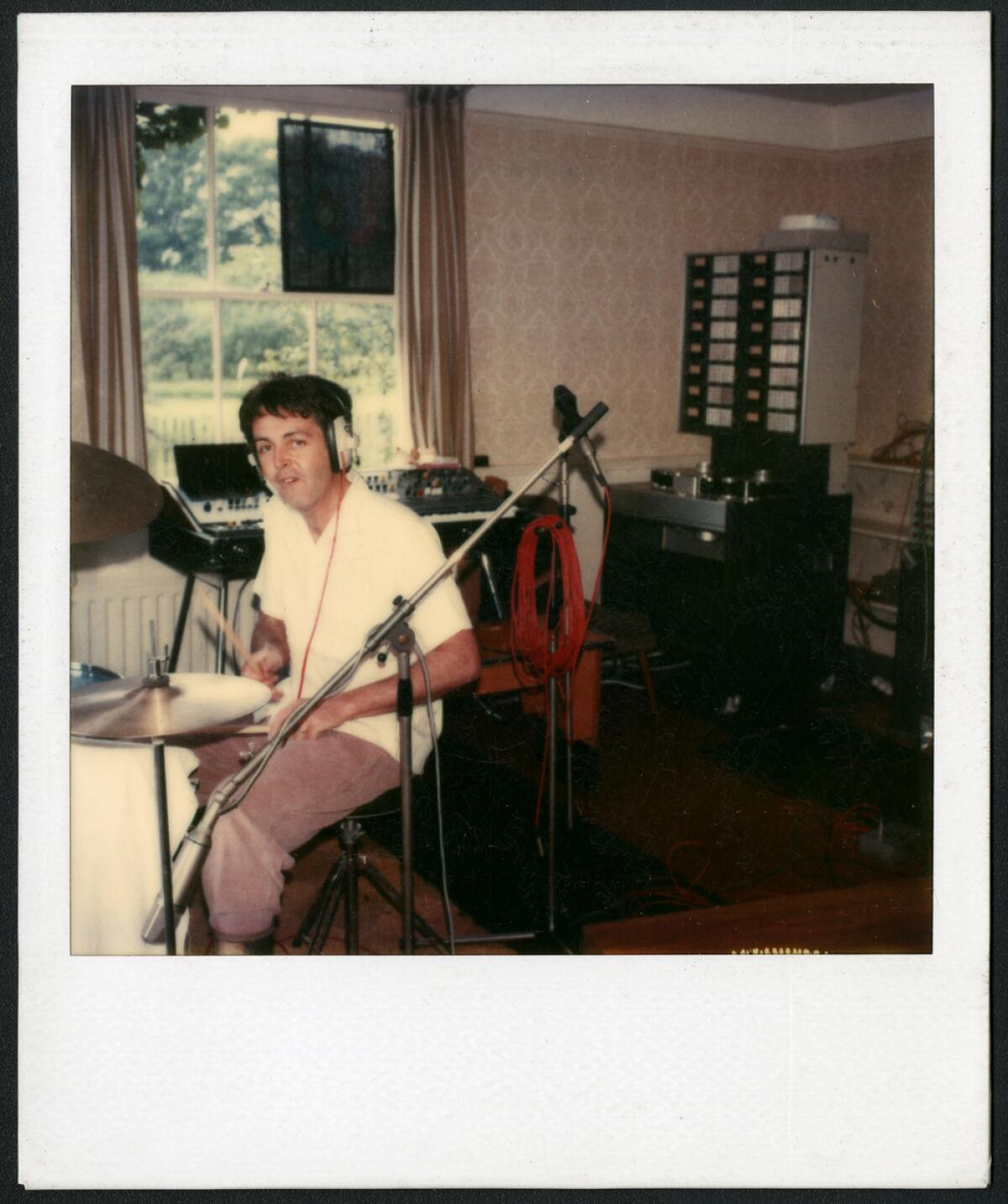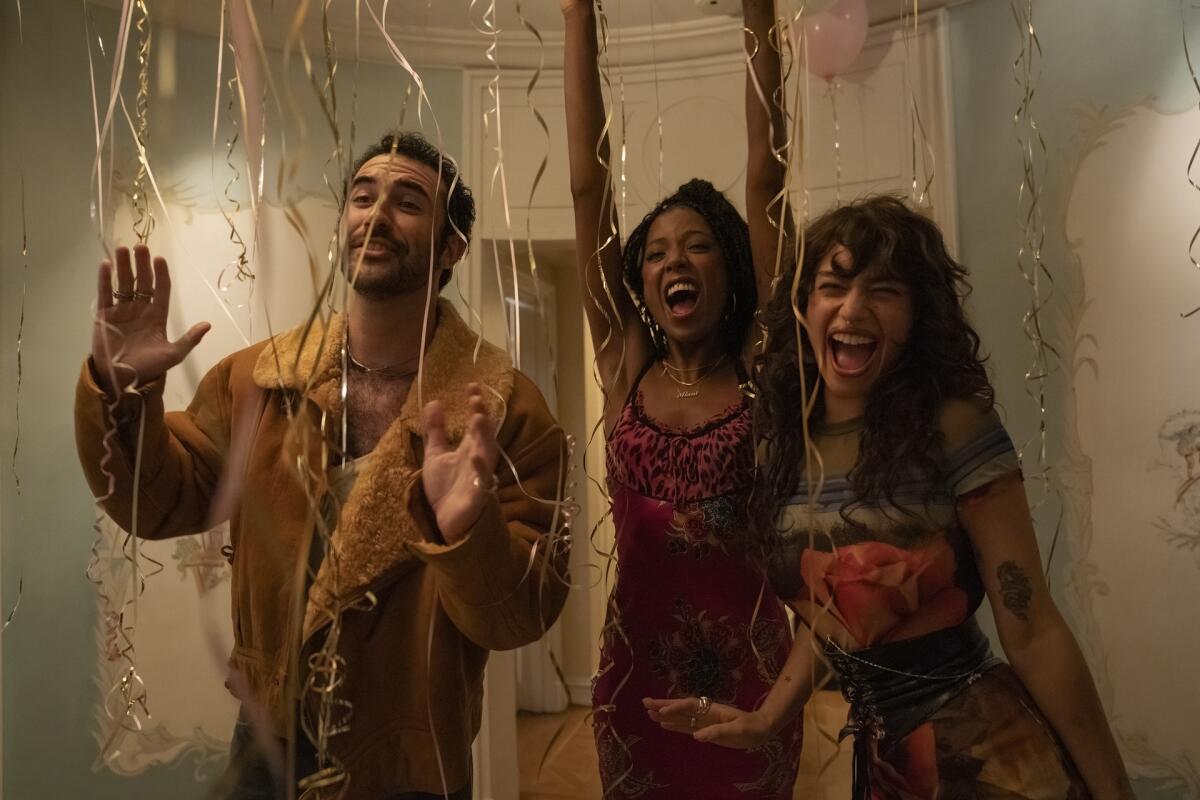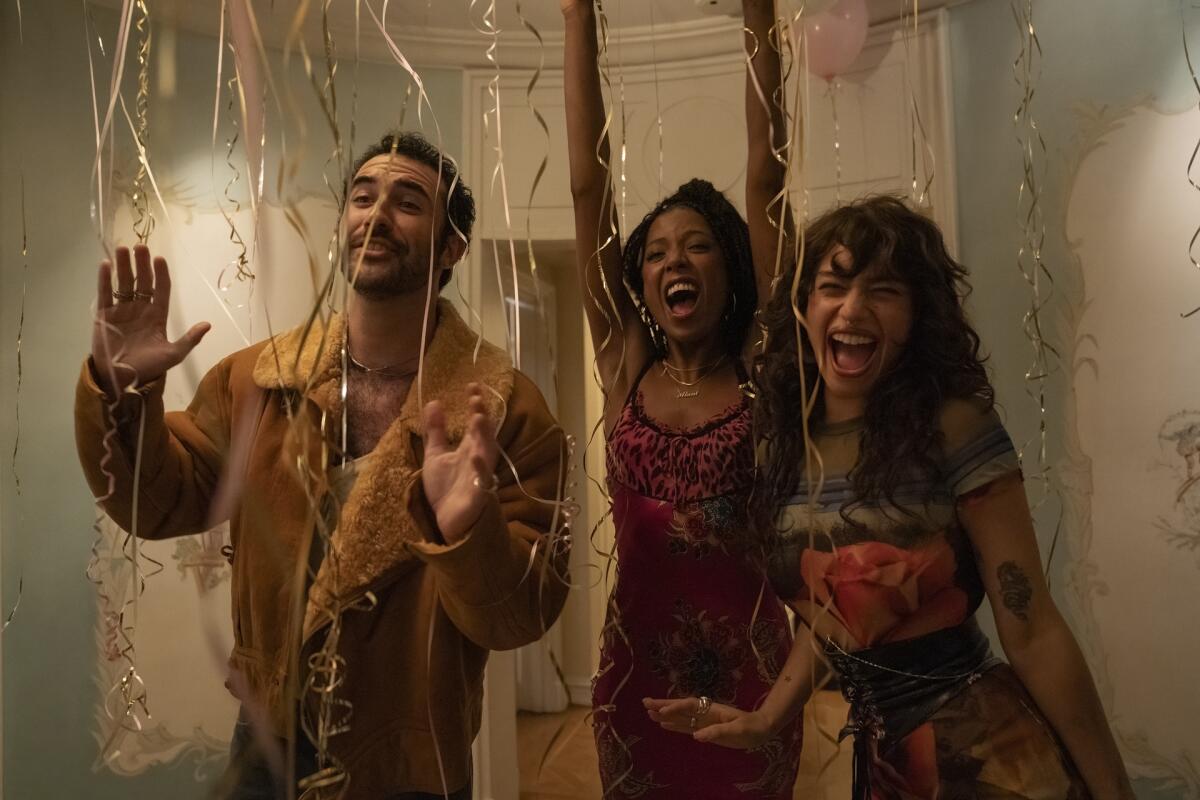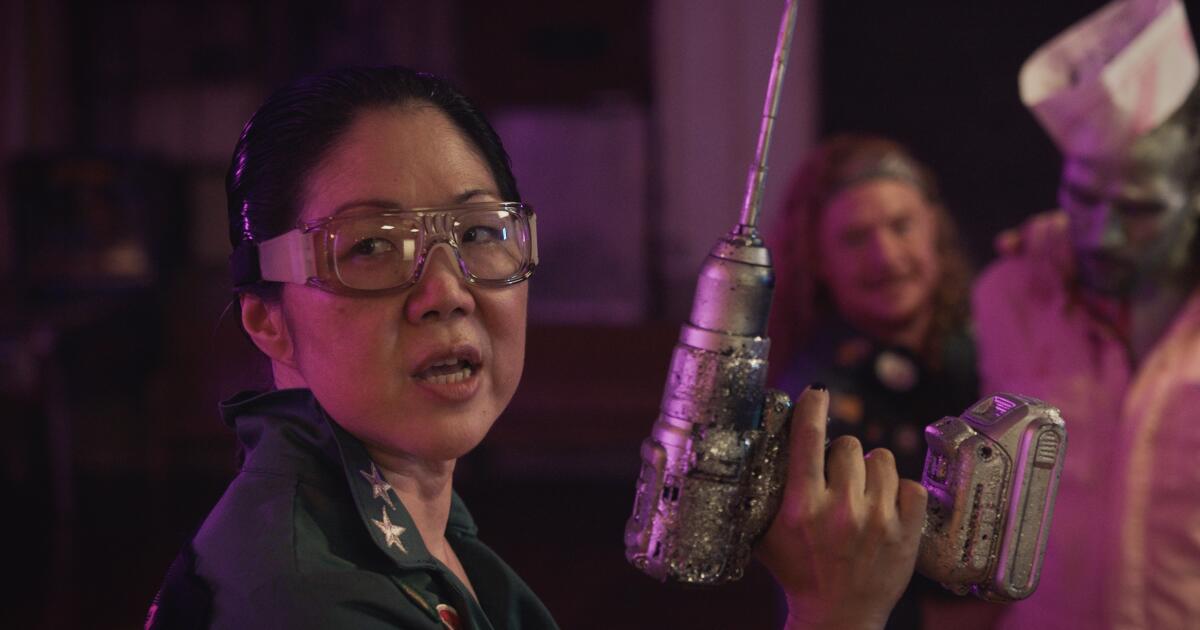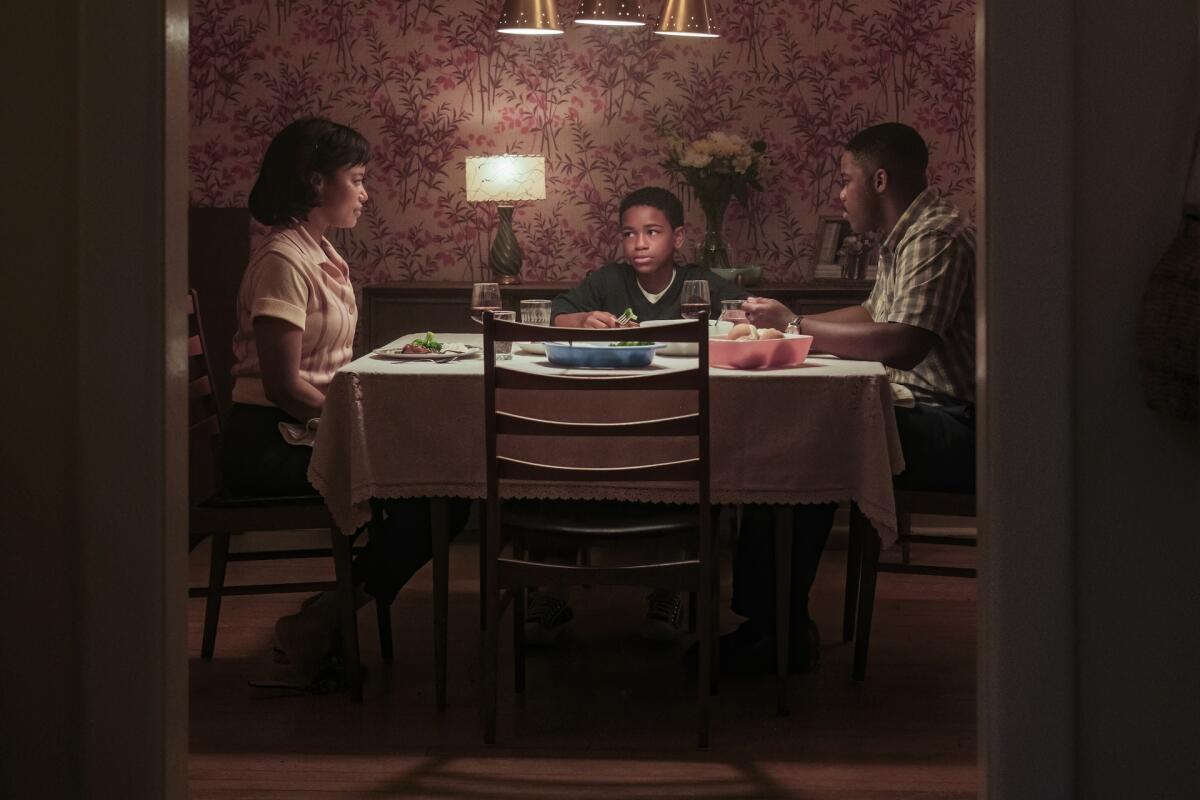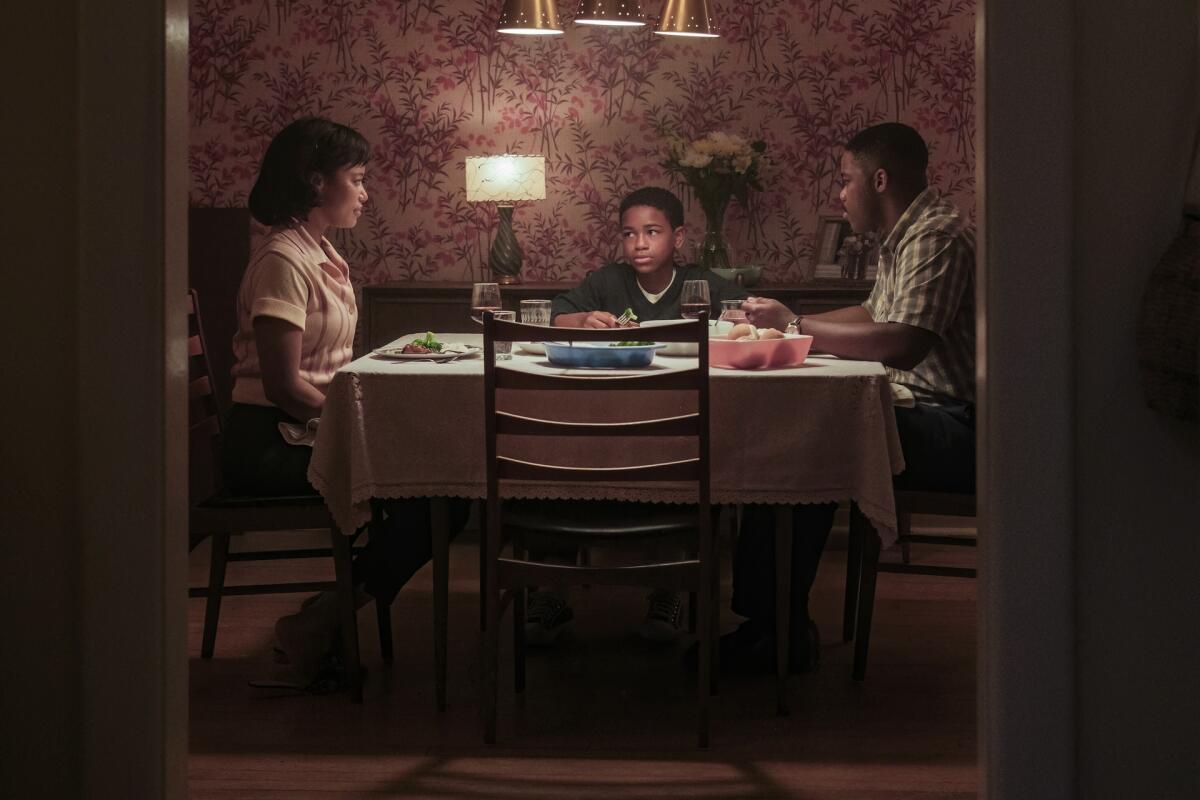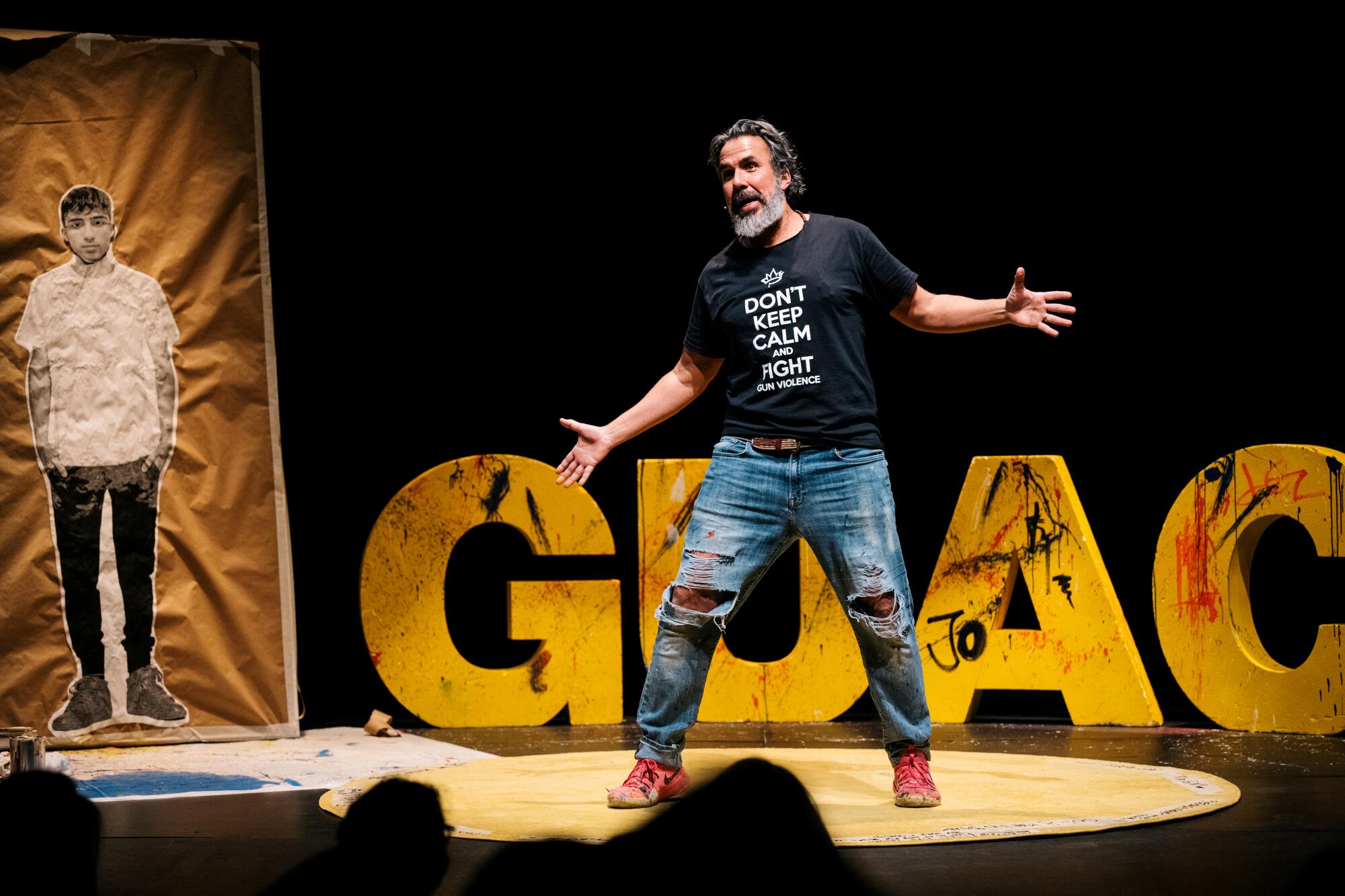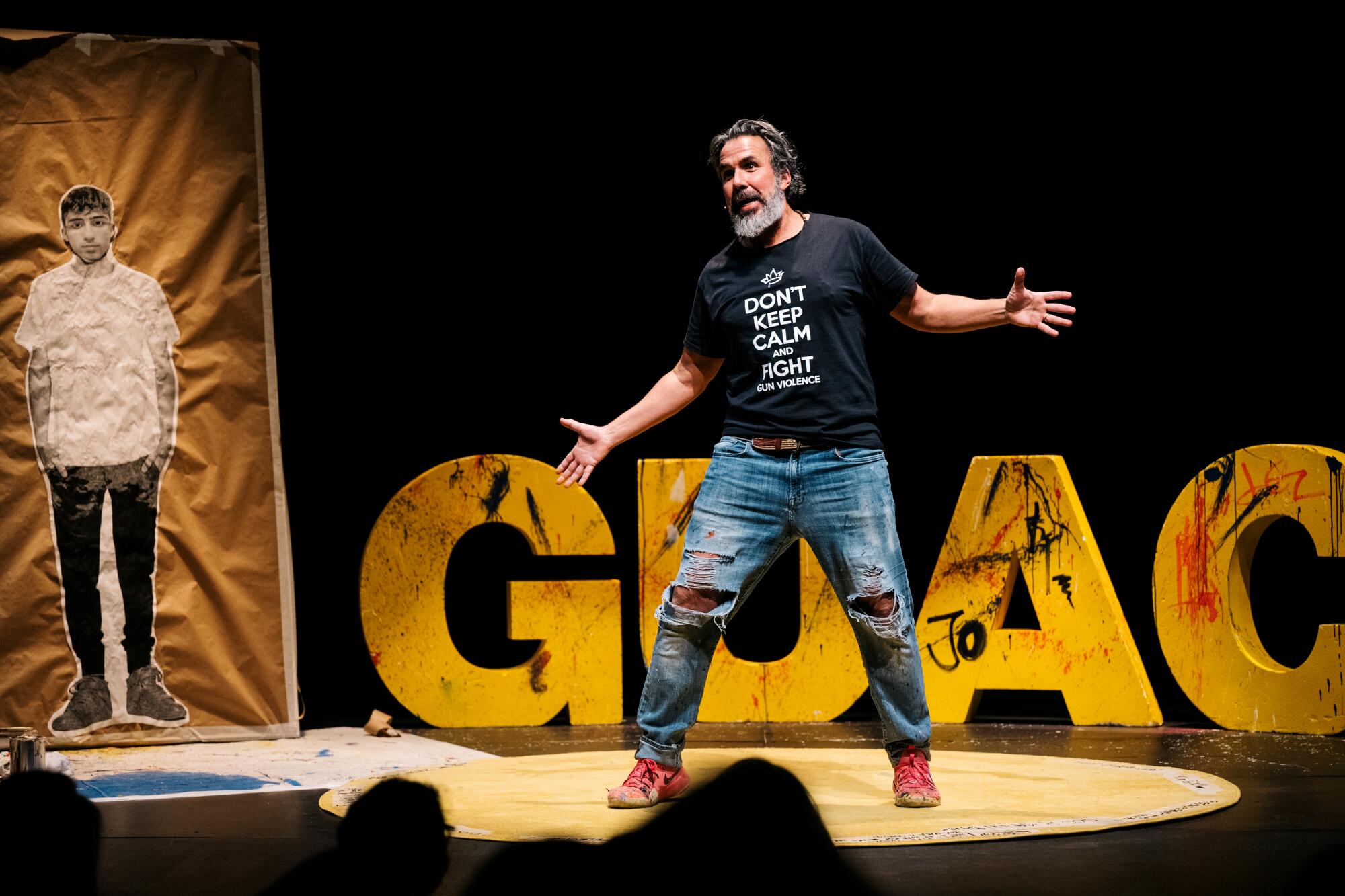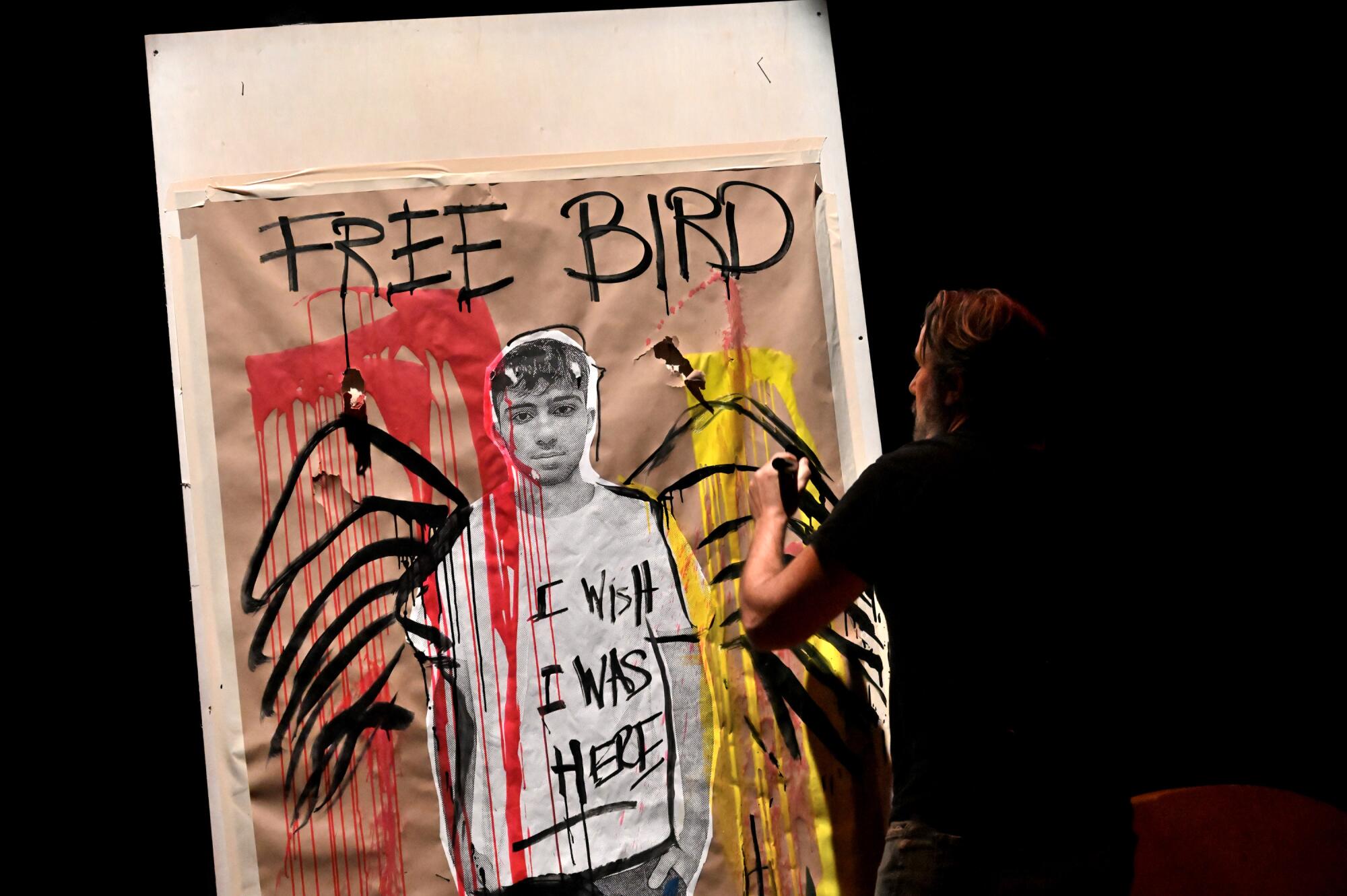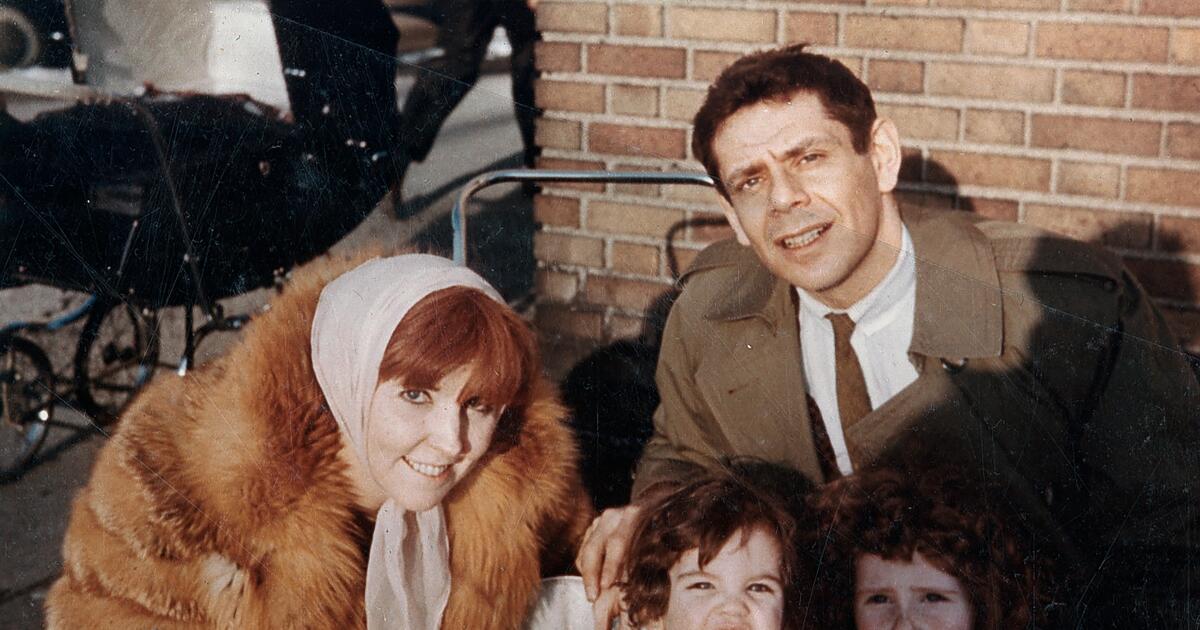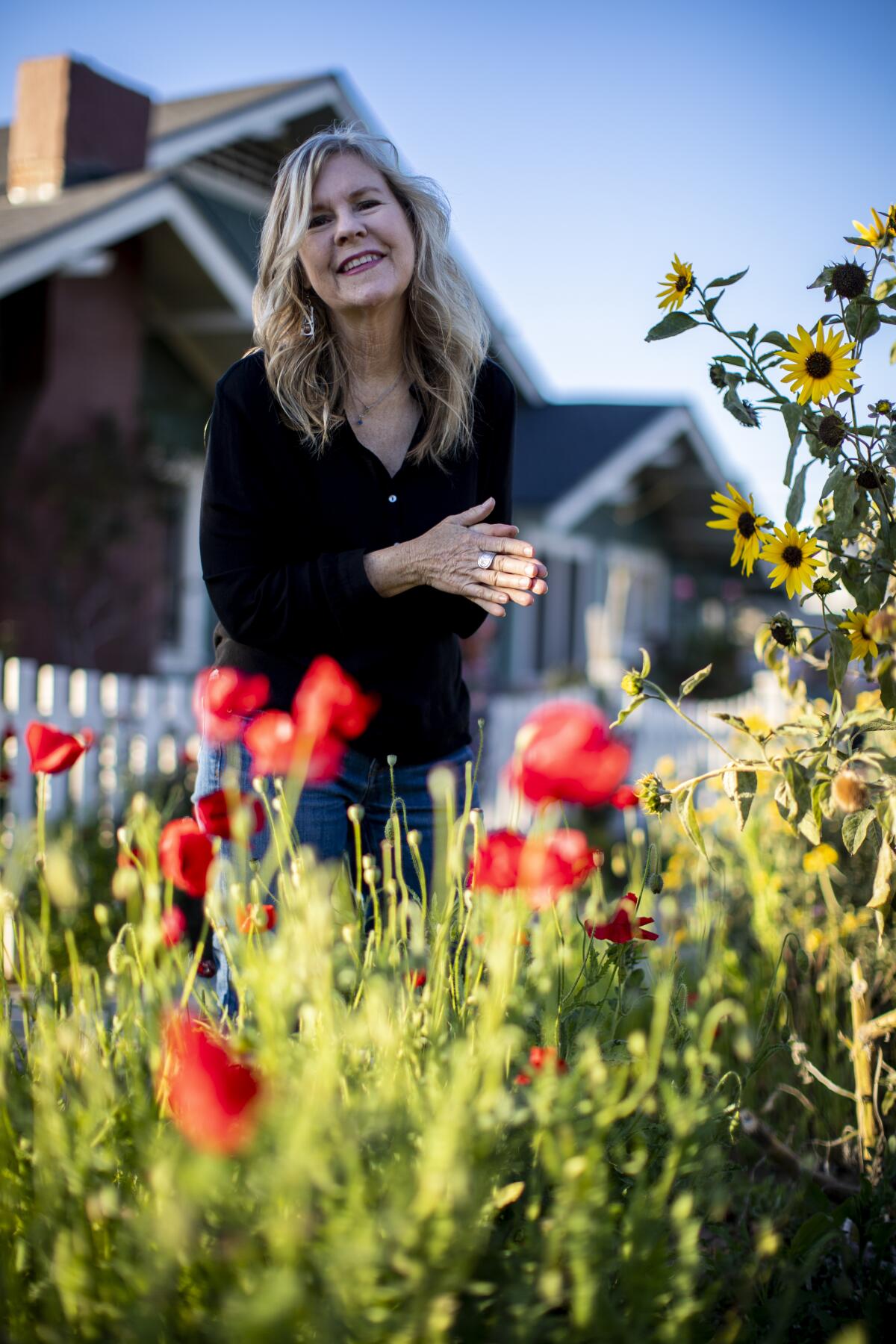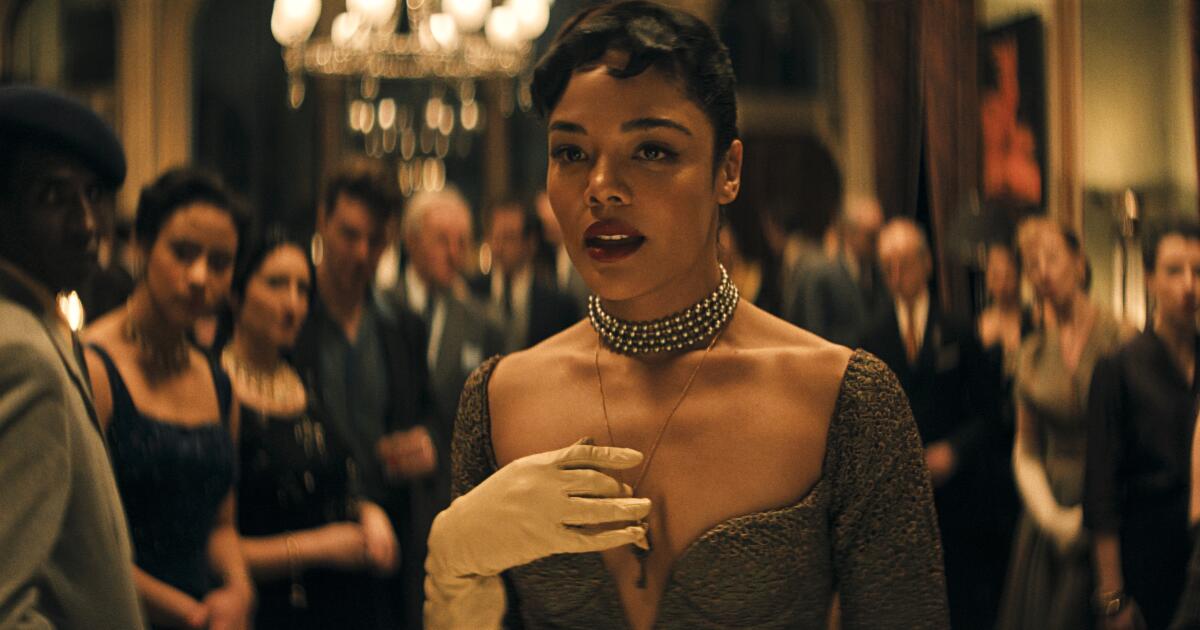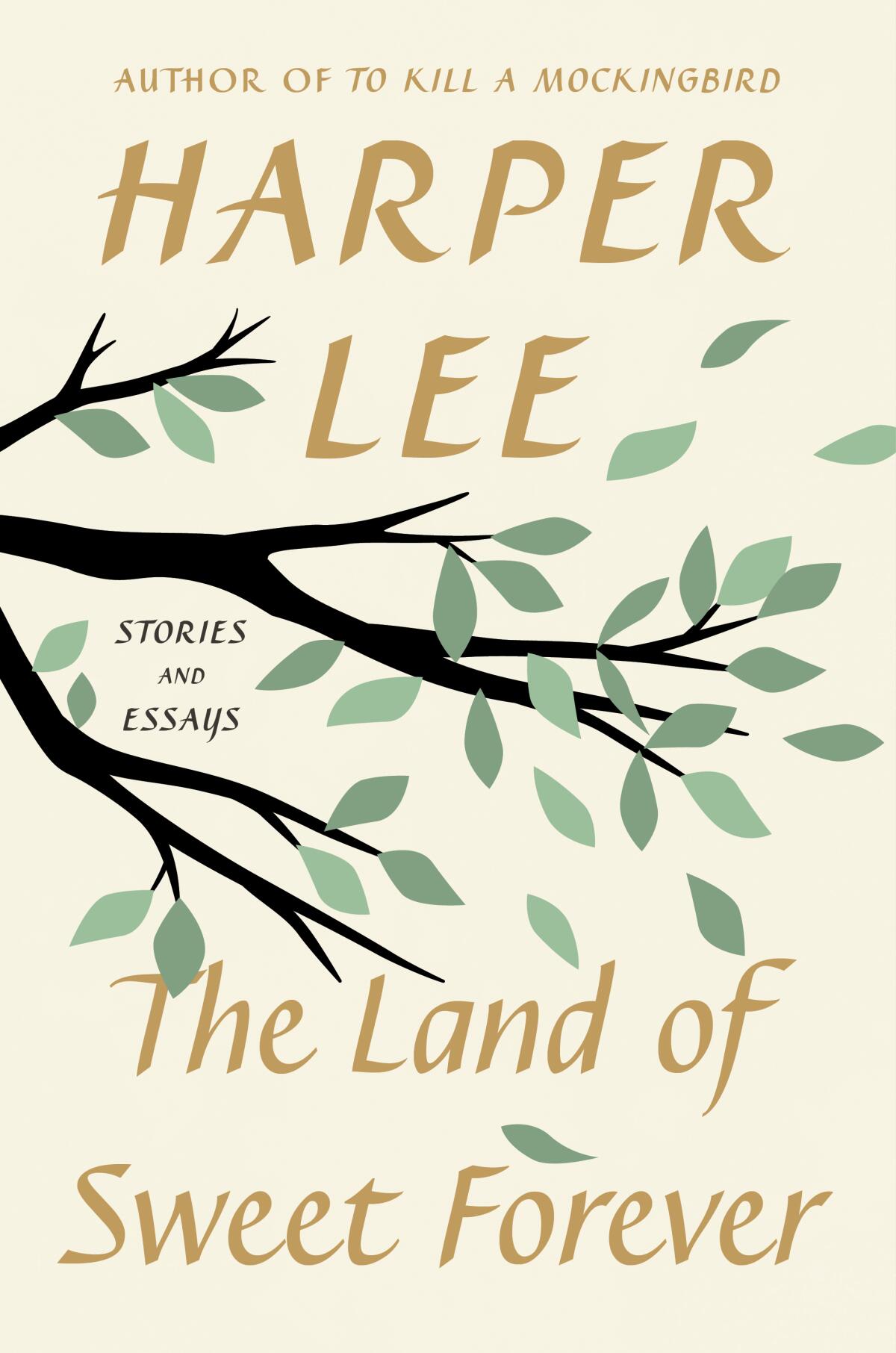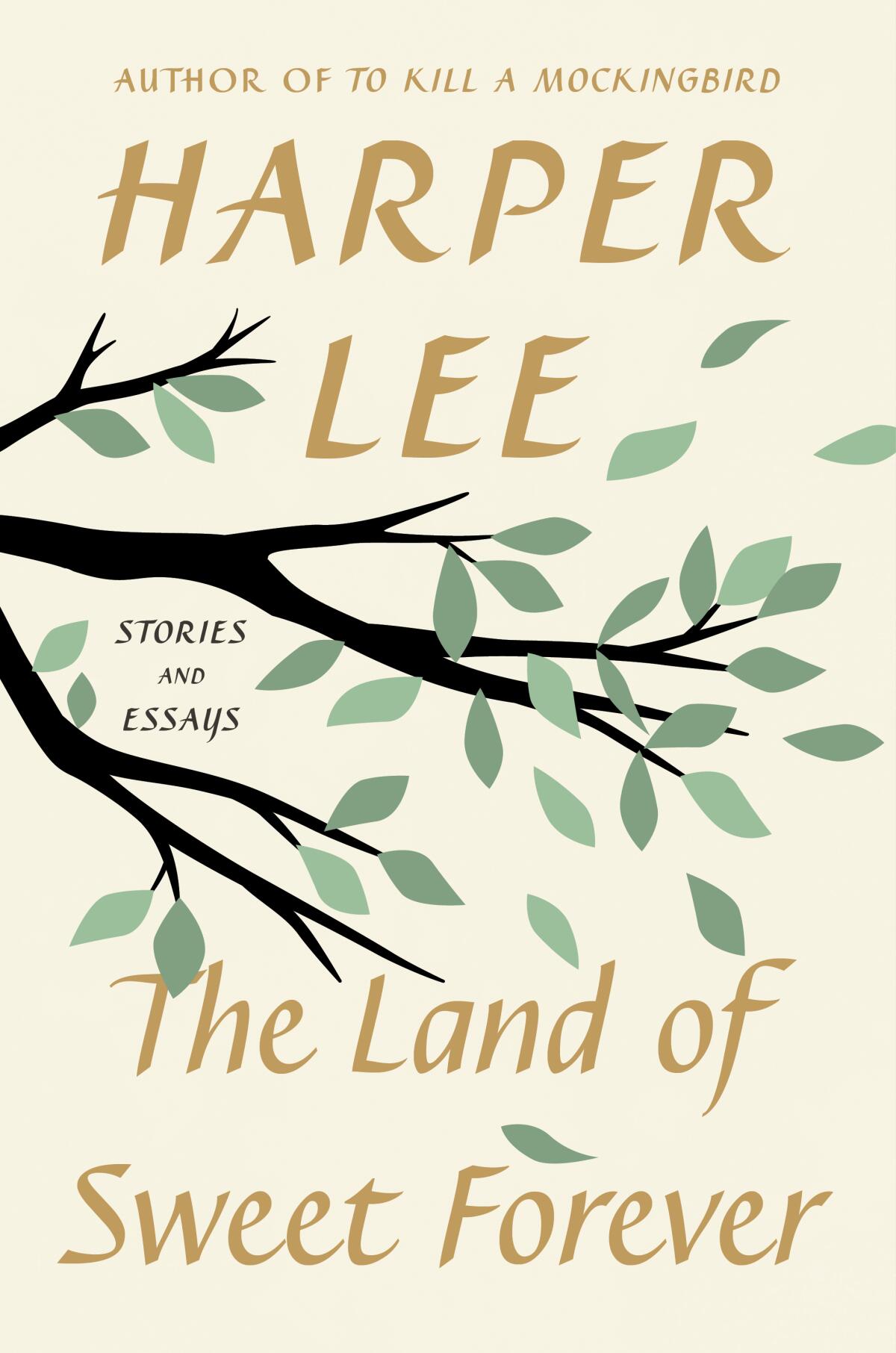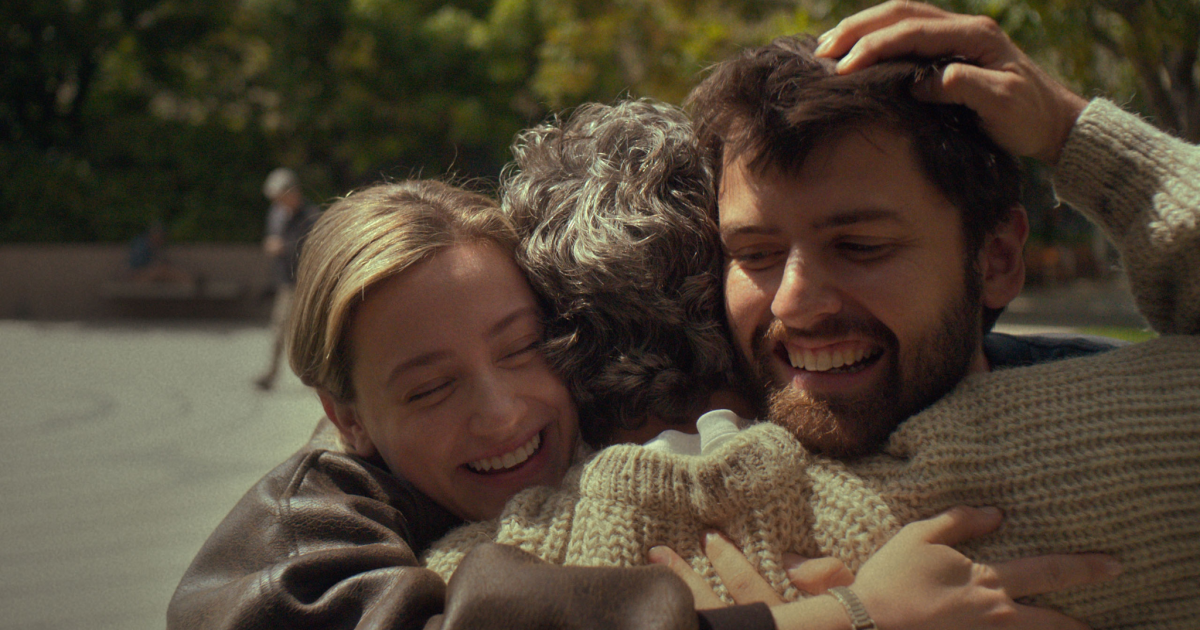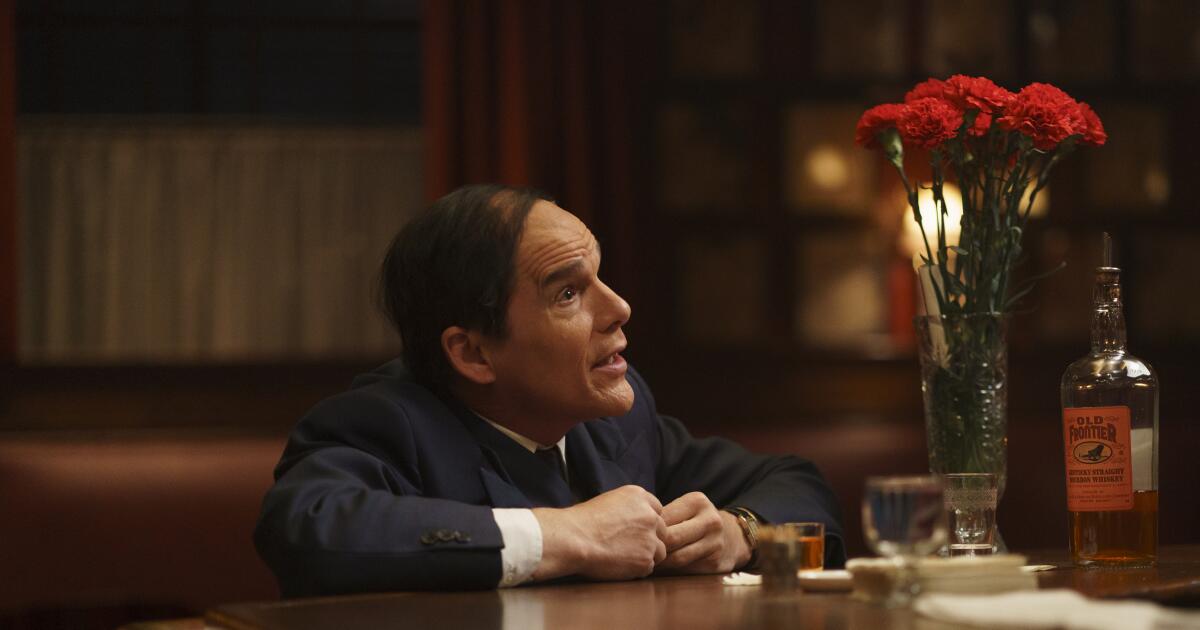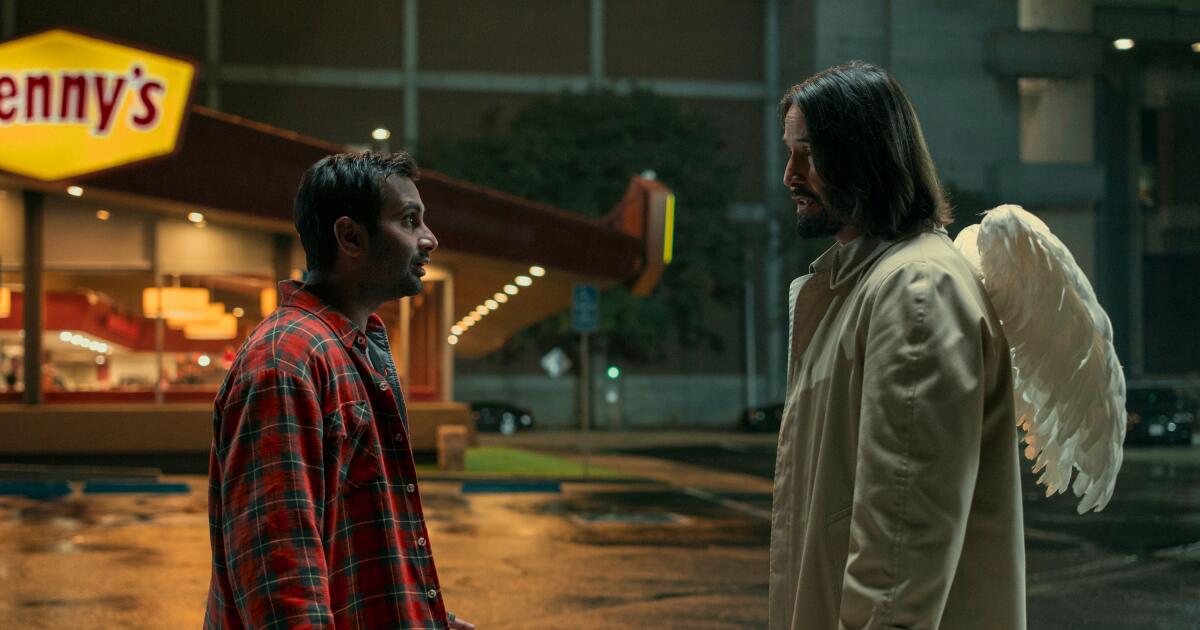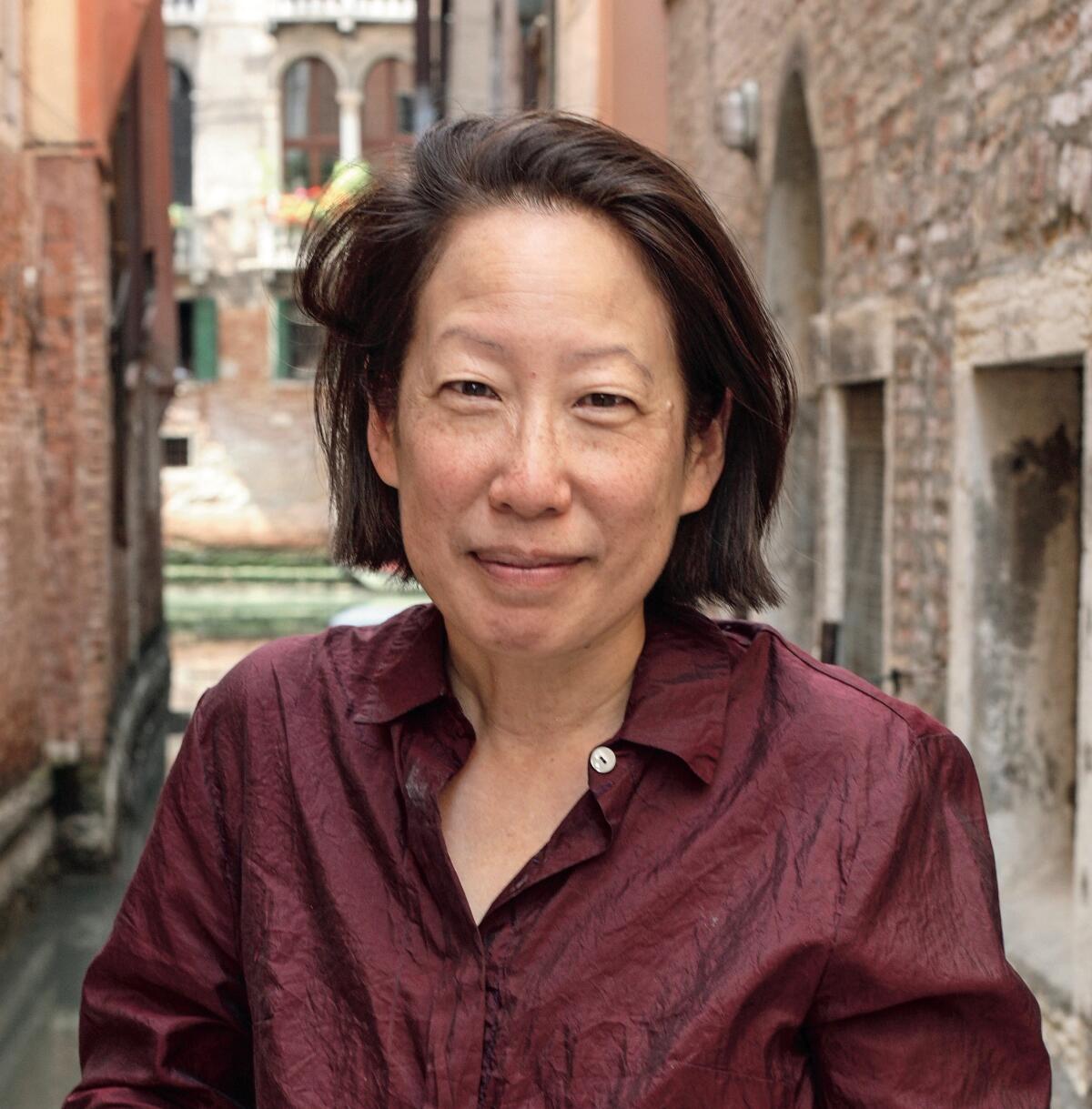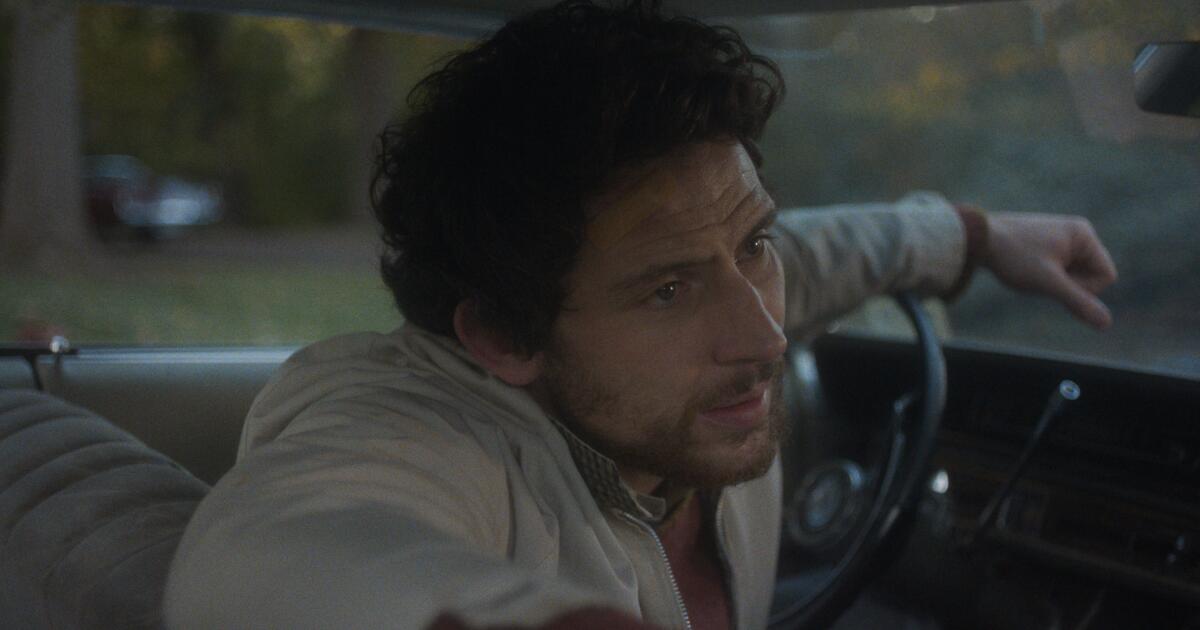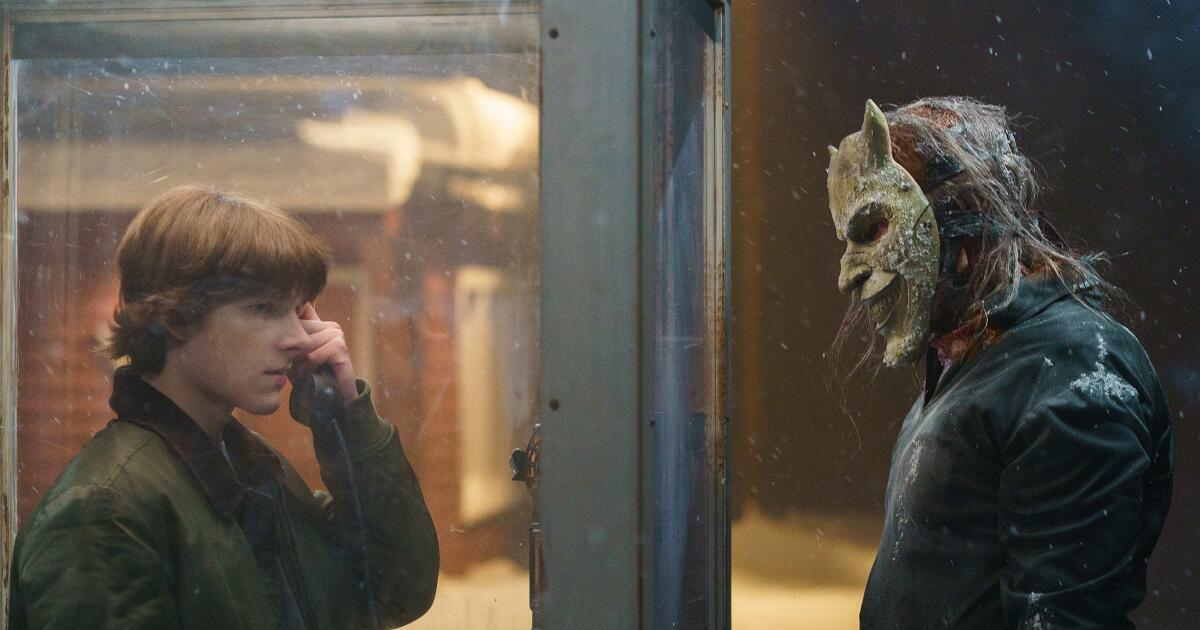‘Bread of Angels’ review: Patti Smith’s new memoir is mesmerizing
Book Review
Bread of Angels
By Patti Smith
Random House: 288 pages, $30
If you buy books linked on our site, The Times may earn a commission from Bookshop.org, whose fees support independent bookstores.
“Bread of Angels,” Patti Smith’s mesmerizing new memoir, only deepens the mystery of who this iconic artist is and where her singular vision originated. I’ve long been struck by her magnetism on stage, her fearless approach to her craft, and the stark beauty of her words on the page, including the National Book Award-winning “Just Kids.” She has a preternatural belief in her own instincts and a boundless curiosity that, taken together, help explain the extraordinarily rich life and oeuvre she’s constructed. This transcendent — and at times terrifying — account of that evolution enriches that understanding. And yet, Smith’s persona remains veiled — sphinx-like — an ethereal presence whose journey to fame was fueled by her questing spirit and later detoured by tragedy.
Like Jeanette Walls’ classic, “The Glass Castle,” Smith’s saga begins with a hard-scrabble childhood she relates as if narrating a Dickensian fairy tale. In the first four years of her life, her family relocated 11 times, moving in with relatives after evictions, or into rat-infested Philadelphia tenements. Smith’s mother was a waitress who also took in ironing. Her father was a factory worker, a World War II veteran scarred by his experience abroad. They shared their love of poetry, books and classical music with their daughter, who was reading Yeats by kindergarten.
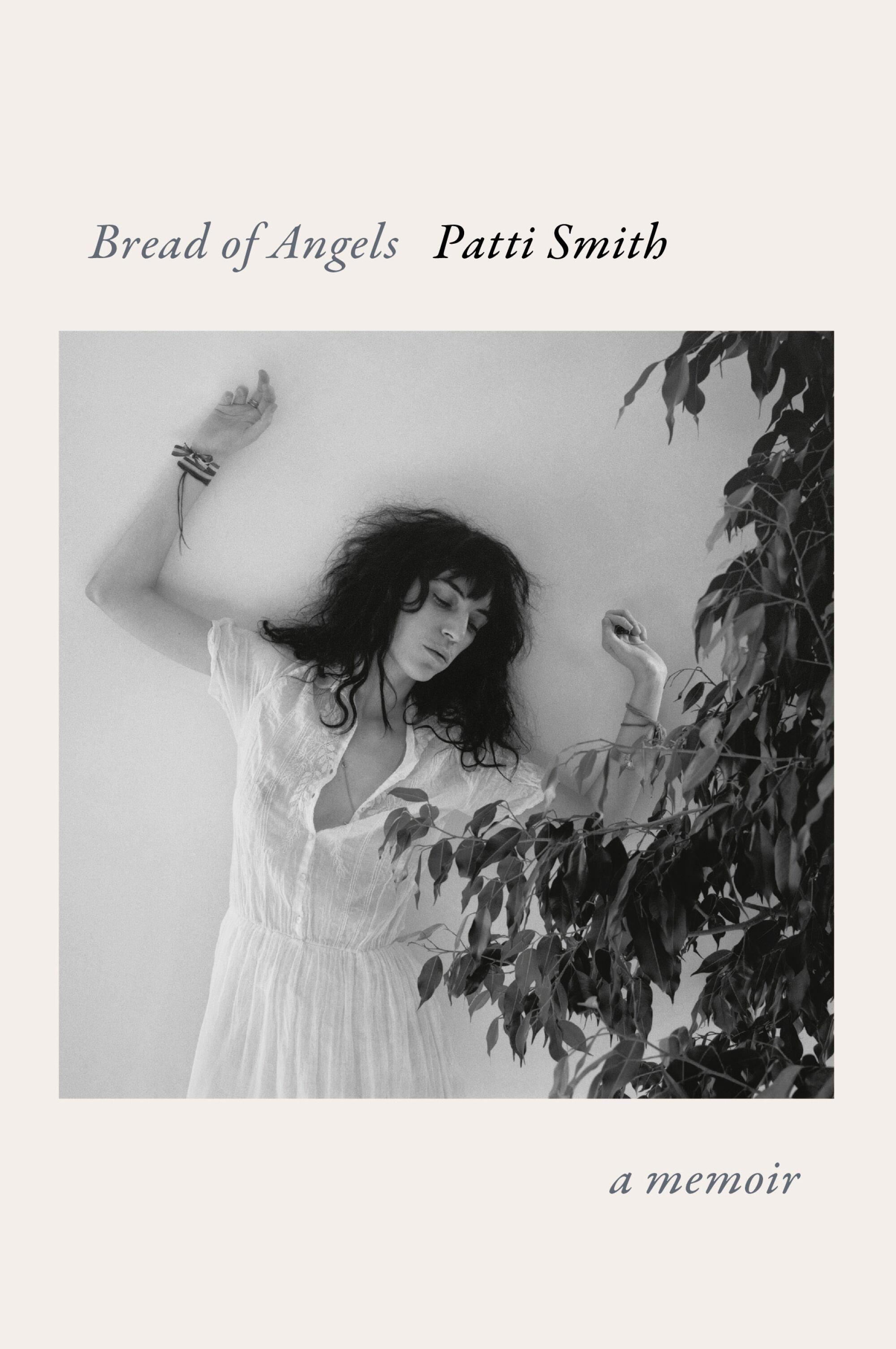
Smith, who was born in 1946, was often bed-ridden as a young girl, afflicted with tuberculosis and scarlet fever, along with all the usual childhood ailments. She writes: “Mine was a Proustian childhood, one of intermittent quarantine and convalescence.” When she contracted Asian flu, the virus paralyzed her with “a vise cluster of migraines.” She credits a boxed set of Puccini’s “Madame Butterfly” recordings her mother bought with tip money for her return to health.
As a 3-year-old, Smith recalls grilling her mother during evening prayers, posing metaphysical questions about Jesus and the soul, immersing herself in Bible study and later joining her mother as a Jehovah’s Witness. She didn’t confine herself to a single religious discipline, though. For example, while still a young child, she saw the movie “Lost Horizons” and became entranced by Tibet and the teachings of Buddhism — “an awareness of the interconnectedness of all things.” While “this seemed beautiful,” she writes, “it nonetheless troubled me.”
There is a romantic quality even to the deprivations Smith chronicles, an effect heightened by what she chooses to highlight or withhold. With little money for toys, she and her siblings entertained themselves using the knobs on a dresser as instruments on a ship, sailing on faraway seas. She and her younger siblings regularly set out with their mother to the nearby railroad tracks, where they harvested leftover lumps of coal to fuel their pot-bellied stove — the apartment’s sole source of heat. Under the floorboards of her closet, Smith conceals “glittering refuse I had scavenged from trash bins, fragments of costume jewelry, rosary beads,” along with a blue toothbrush she’s invested with magical powers.
Their apartment building overlooks a trash-strewn area dubbed “the Patch,” which is bordered by “the Rat House.” There, Smith proclaims herself general of the neighborhood’s Buddy Gang, fearlessly fending off bullies twice her size, while at school, she was viewed as odd by her teachers, “like something out of Hans Christian Andersen.”
Within this urban setting, Smith often paused to marvel at nature. Taking a short cut on the long walk to school, she stumbles on a pond in a wooded area. A snapping turtle emerges and settles a few feet away. “He was massive,” she recalls, “with ancient eyes, surely a king.”
It’s impossible to know if Smith was really this self-possessed and ruminative as a child or if nostalgia has altered her perspective. What’s undeniable, though, is that her extraordinary artist’s eye and soulful nature emerged at an age when the rest of us were still content to simply play in our sandboxes. She recollects fishing Vogue magazines out of trash cans around age 6 and feeling “a deep affinity” with the images on their pages. She’s immersed in Yeats and Irish folk tales while being bored at school reading “Fun With Dick and Jane.” On her first visit to an art museum, viewing Picasso’s work produces an epiphany: She was born to be an artist. A decade later, she boards a bus bound for New York City.
At this point, about a third of the way into the book, we enter the vortex that is Patti Smith’s talent and ambition on fire. The pace of the memoir accelerates. An alchemy infuses each chance encounter. Opportunities abound. Everywhere she turns there are talented photographers, poets, playwrights and musicians encouraging and supporting her. She writes poetry and finds a soulmate in Robert Mapplethorpe. She meets Sam Shepard, who features her poem in a play he’s writing. She meets William Burroughs, performs a reading with Allen Ginsberg. She forms a musical partnership with Lenny Kaye, and begins performing her poetry, with the 19th century French poet Arthur Rimbaud as her spiritual inspiration.
Smith’s story unfolds as a bohemian fairy tale. Luck is with her, bolstered by a fierce conviction in her own bespoke vision. “There was no plan, no design,” she writes of that time, “just an organic upheaval that took me from the written to the spoken word.” Bob Dylan becomes a mentor. Her fame grows enormous with the 1975 release of “Horses” and the international touring that followed, yet she retains the bearing of an ascetic. She writes: “We hadn’t made our record to garner fame and fortune. We made it for the art rats known and unknown, the marginalized, the shunned, the disowned.”
Smith’s rock star trajectory is diverted by her love affair with Fred Sonic Smith, for whom she ditches her career at its height, against the advice of many of those closest to her. But as with every decision she’s ever made, she can’t be dissuaded. In this intimate portion of the book, we receive glimpses of two passionate artists hibernating, in love. They marry, have two children, and cultivate an eccentric version of domestic bliss. But harsh reality intervenes and the losses begin to accumulate. One after the other, Smith loses the men she loves most — Robert, then Fred, then her beloved brother, Todd. These losses haunt the memoir; she grapples with them by returning to the stage with a fierce new hunger.
The book’s final pages reveal Smith continuing to grieve, mourning the loss of other loved ones — her parents, Susan Sontag, Sam Shepard. I wish I could simply reprint those pages here — they moved me deeply. At 78, she reflects on the process of “shedding” — which she describes as one of life’s most difficult tasks. “We plunge back into the abyss we labored to exit and find ourselves within another turn of the wheel,” she writes. “And then having found the fortitude to do so, we begin the excruciating yet exquisite process of letting go.”
“All must fall away,” she concludes. “The precious bits of cloth folded away in a small trunk like an abandoned trousseau, the books of my life, the medals in their cases.” What will she retain? “But I will keep my wedding ring,” she writes, “and my children’s love.”
Haber is a writer, editor and publishing strategist. She was director of Oprah’s Book Club and books editor for O, the Oprah Magazine.

